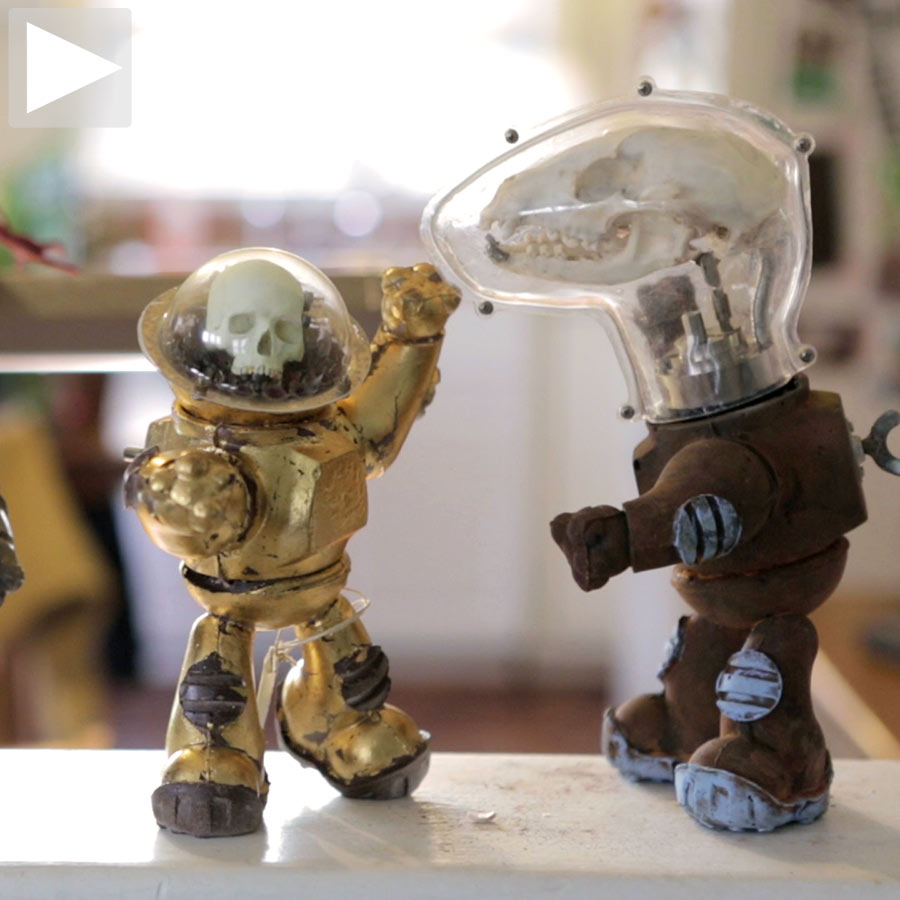Interview: Josh Welton of Brown Dog Welding
The Detroit native speaks on his love of melting metal, dogs and transitioning from tradesman to artist

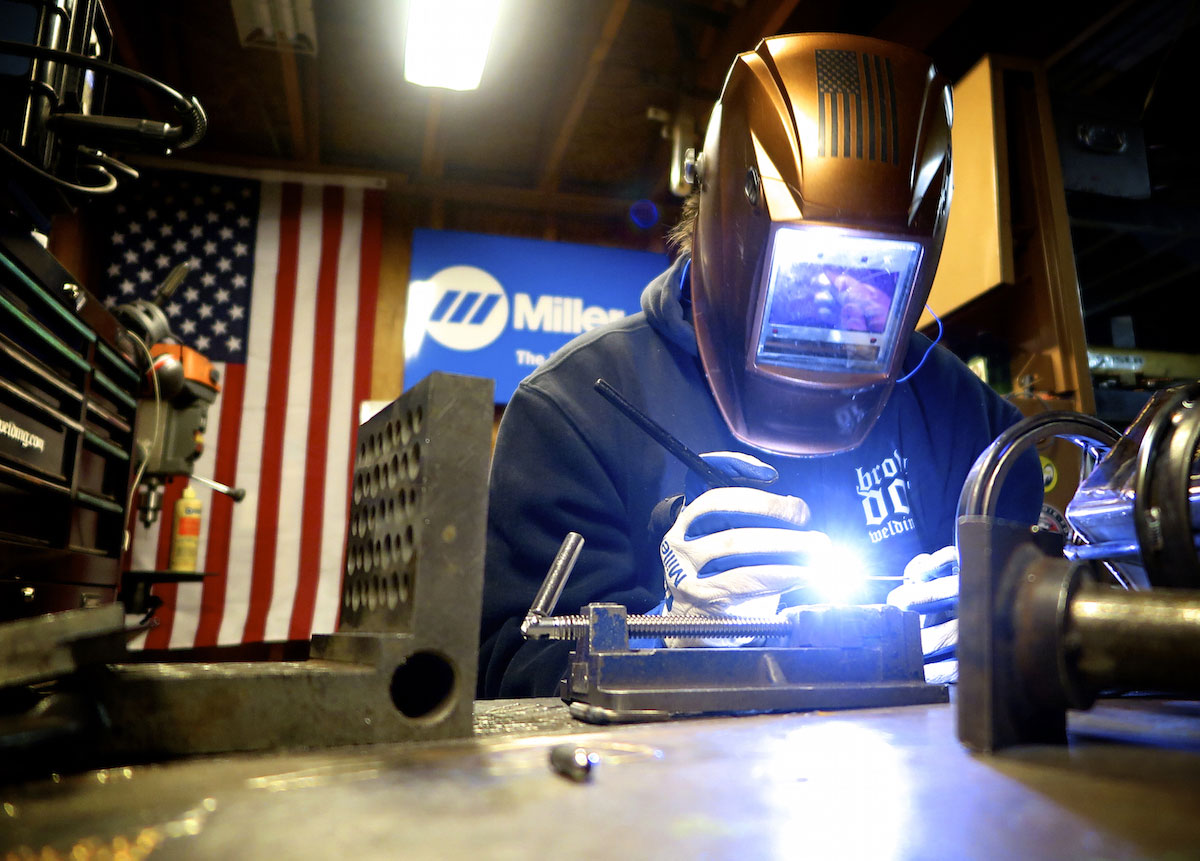
Detroit’s Renaissance continues with creatives who blend art, design and trade. One such artist is Josh Welton, a Detroit native whose sculptures of cars, robots and animals are meticulously made by hand. He’s worked in manufacturing since a young age, and was always drawn to welding. So passionate about his day job, he began welding creatively for fun, and his company Brown Dog Welding was born.
“I’m down with his style and expression,” says ICON 4×4 founder Jonathan Ward. Ward first met Weldon via social media and, after commissioning him to make a Derelict sculpture, became a fan—encouraging ICON customers to commission their own replicas. “It’s that artisan, fresh perspective tribe that is so strong in Detroit,” Ward tells CH. “If anything can make Detroit viable again in the modern economy, it’s going to be the spirit and creativity of the community that Josh personifies,” Ward says. “It is also the art of something that maybe someone without an artistic understating of his craft would think is a purely blue-collar utilitarian solution. I think metal-forming in a structural sense certainly works to transcend that perception and open people’s eyes.”
We spoke with Welton about his process, his city’s influence on his creativity, and accepting his identity as an artist.
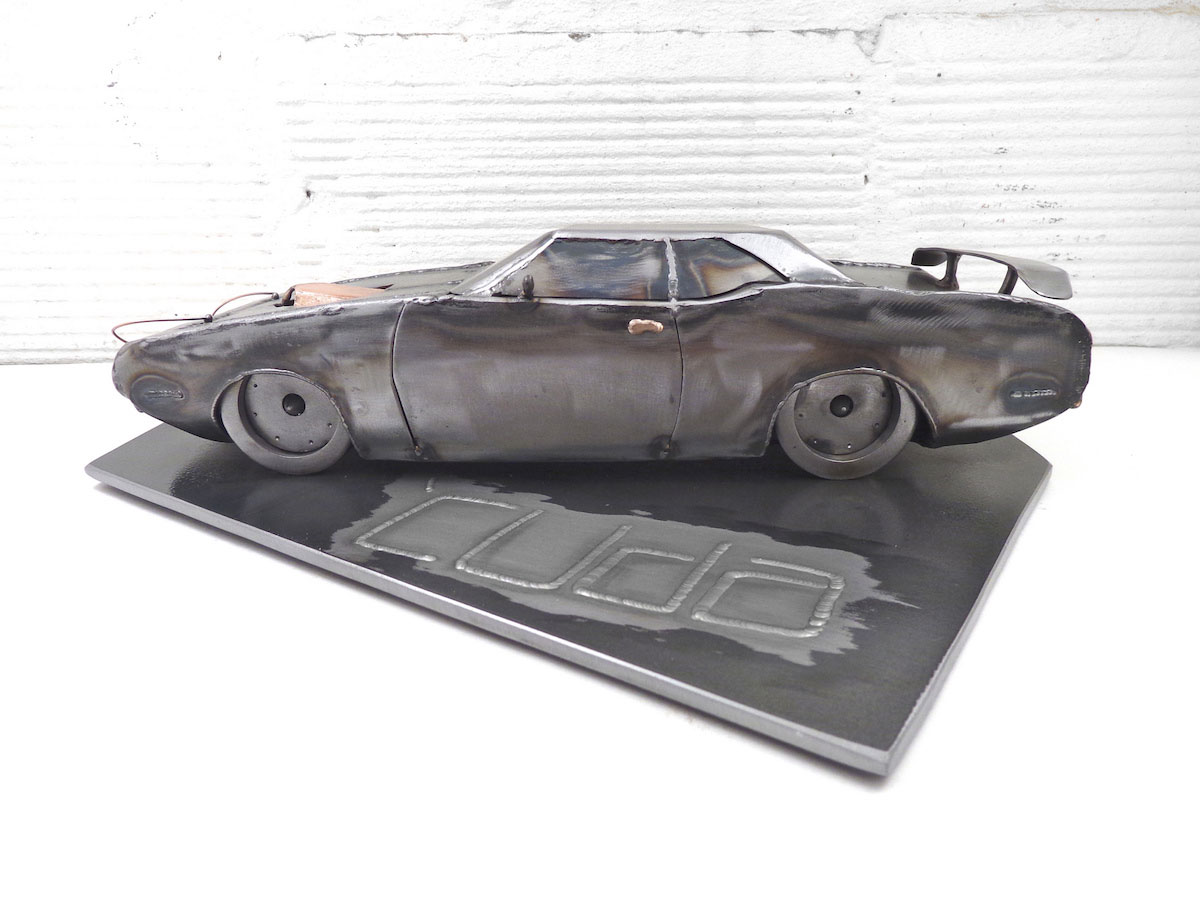
Which came first—your love for cars, welding or art?
Cars, for sure. I was 15, my gramps tossed me the keys to his 1970 Buick Electra 225 Custom convertible and said, “Let’s go for a spin!” I didn’t even have a license yet. It was the first vehicle I ever drove, and when I floored the big block 455 horsepower engine, I was completely hooked. During the summers back then, I worked in a factory as part of the help program at Steelcase. My dad was a sheet metal shear operator there, and they had it set up to where the children of employees could work full-time between school years to earn money towards college tuition. It was hard work, but it was an awesome experience. I liked working in the plant a hell of a lot more than sitting in a classroom. I liked making things. I found my passion in manufacturing.
Looking to break into manufacturing, my wife’s dad helped me get my first job at Chrysler. My first go there didn’t last long, but it gave me the chance to take the skilled trades test. Two years later, I started back on at Chrysler as a millwright apprentice. There are a lot of aspects to being a millwright, but the bat-welding was the part of the job I was immediately drawn to. It became my obsession. I was really fortunate to work with some extremely skilled weldors who were willing to share their knowledge and experience with me. I spent every minute of my down time in the fab shop, melting metal.
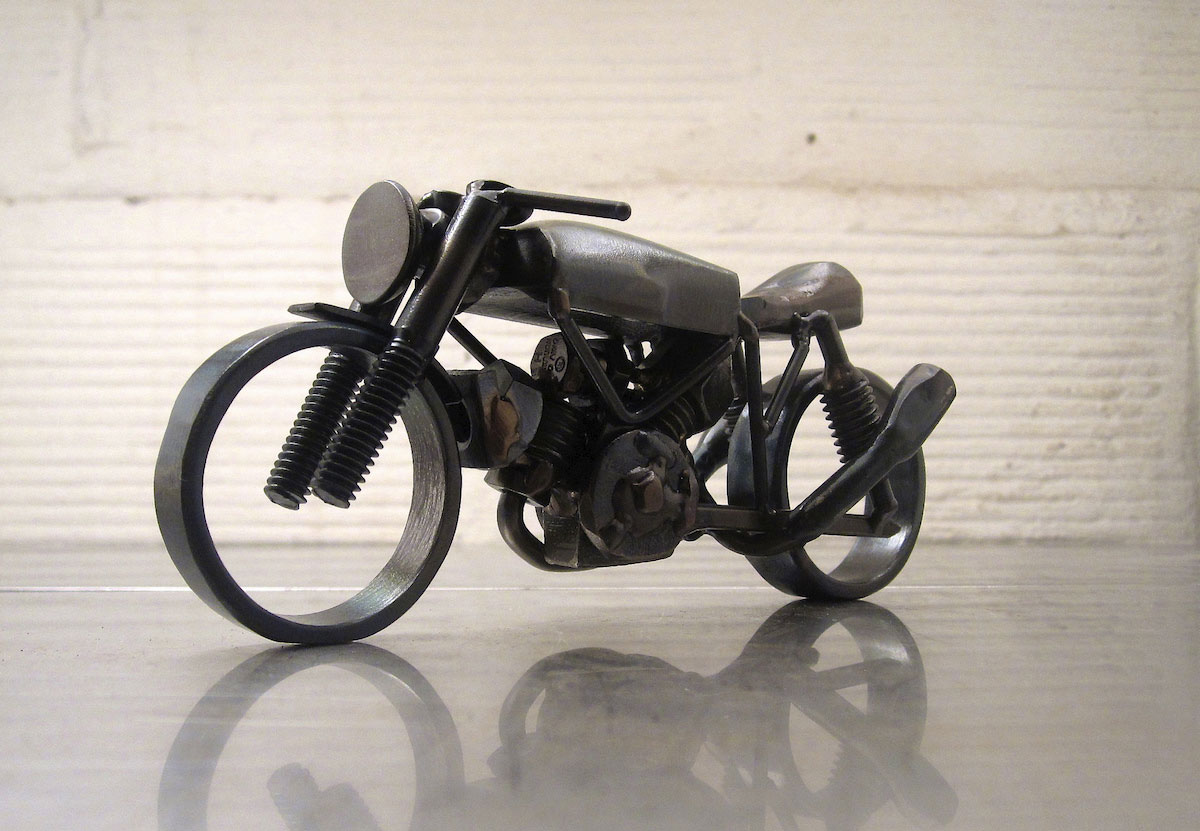
And then came art?
My art and sculptures began purely as an outlet to weld. I practiced welding for hours and hours. For the longest time, I was resistant to the idea of being an artist. It fueled a mild sort of identity crisis because I was so proud of my skills as a tradesman. First and foremost, that’s what I wanted my identity to be. My earliest sculptures bore the brunt of my reluctance to fully embrace my artistic vision. I prized the actual act of welding in these pieces at the expense of overall style and flow, if that makes sense. I rationalized my artistic passion by thinking that these sculptures were all just an excuse to weld more. My designs become more and more focused the more time I put in on them—I finally embraced the fact that I was an artist. Once I crossed that mental threshold, my work started to take on new life and evolved exponentially.
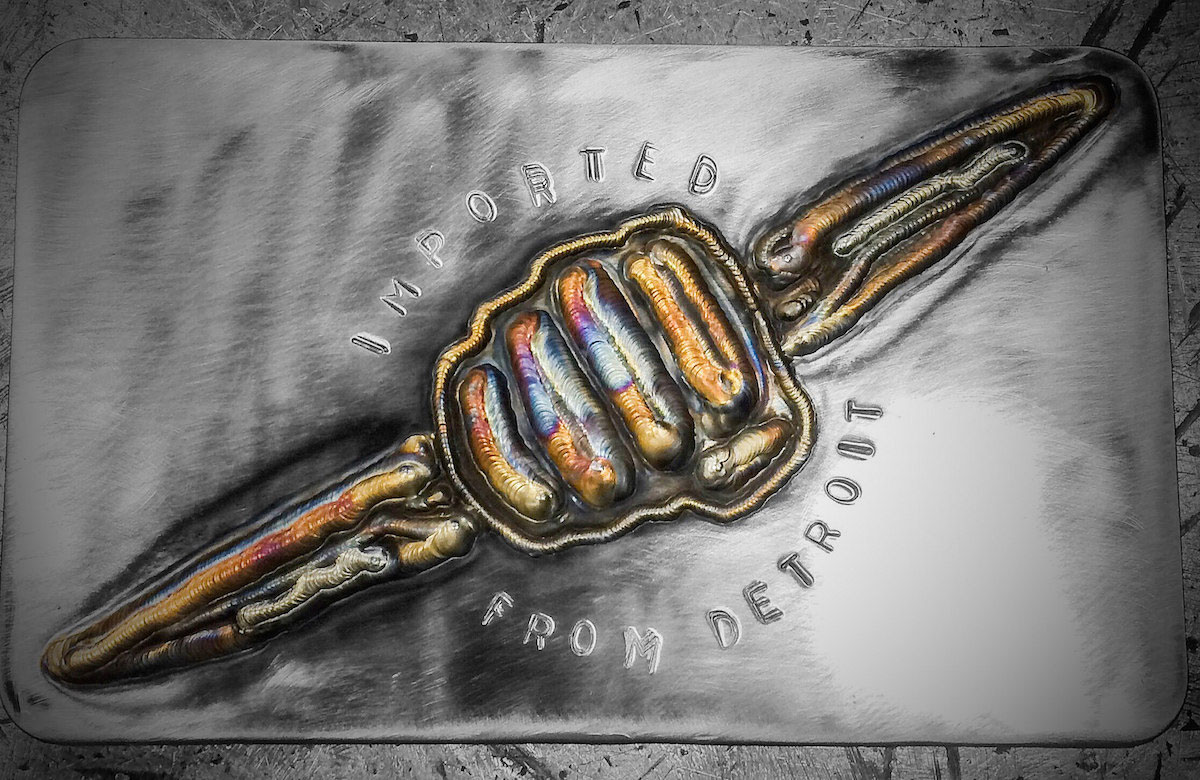
How do you start a project? Tell us a little about your process.
The process happens a few different ways. If it’s a commissioned piece, or based on a specific subject, I’ll study pictures and keep detailed images on hand throughout the project. I’ll sketch out a rough shape on my workbench, sometimes in multiple views to keep my proportions congruent. If it’s something from my head, I sometimes just go with no reference material at all. With my ideas, there are never any blueprints or studies to go from except what I’m seeing in my mind. The subject has to provide an emotional response in me. Oftentimes, I revel in the imperfections. Perfection is boring. Too much detail is the death of art. I work hard to provide complexity in simple forms.
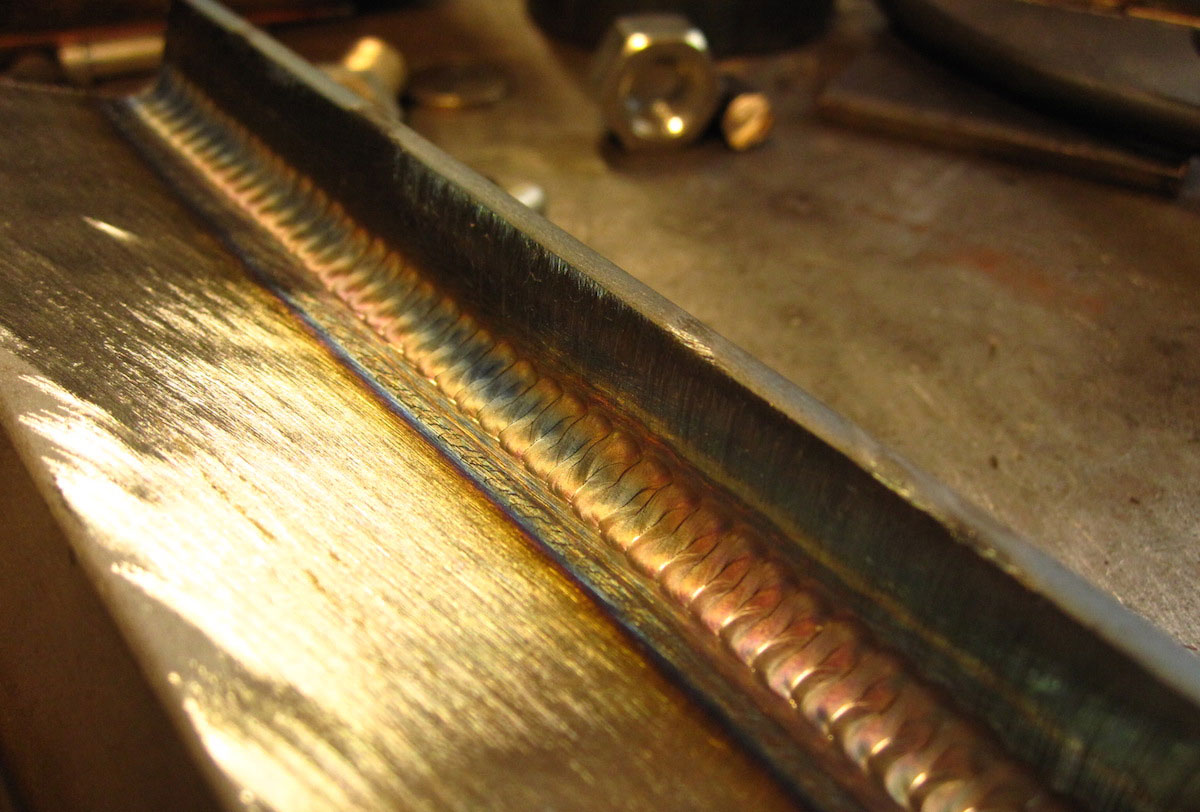
Would you say welding as an art form is on the rise or decline?
Most definitely on the rise. Not only is welding machine technology advancing, but individual skill levels are growing. Weldors are artisans. Social media has also become a great platform for showcasing work and techniques. Weldors take a lot of pride in what they do and that competitiveness is beneficial for the craft. Welding in general is such a vast subject that no one person will ever know it all.
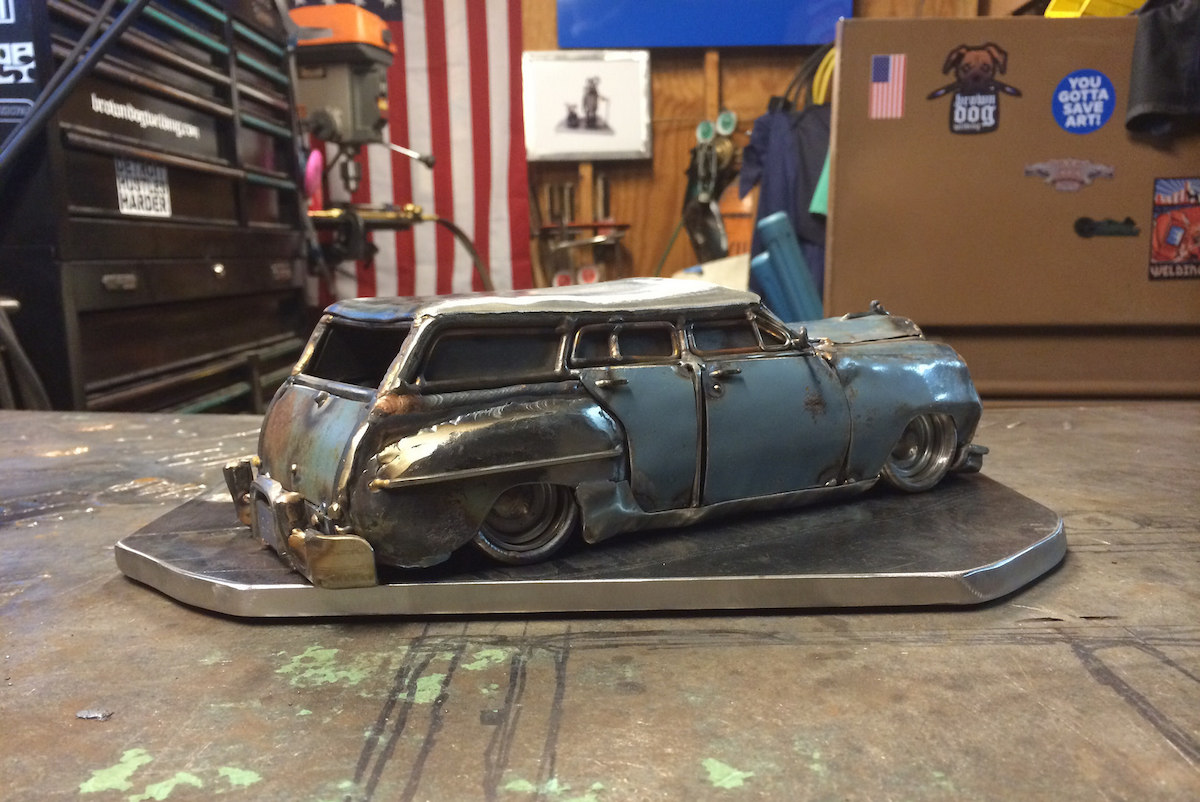
How has Detroit and the auto industry influenced your work?
I learned how to weld in Detroit. The city has always been about creating, so I think that with the maker movement on the rise, the city has a special place in our society right now. In the late 1800s, Detroit was the stove manufacturing capital of the world, and then a shipbuilding center. When Henry Ford needed to build a car, he sourced parts and talent from these existing manufacturing industries in Detroit. In World War II, Detroit helped make the allied arsenal. Almost overnight, the American automakers converted their car lines to building aircraft and tanks. The complexity of transforming those lines from an engineering standpoint is extremely complex and the speed in which it was done is absolutely staggering.
The diverse amount of talent, creativity, and know-how that resides in Detroit is second to none. To me, the city is the mecca of industry. I just want to be a small part of that story. Detroit had a fall from grace in the recession that was historically unprecedented, which is why the city’s comeback is that much sweeter.
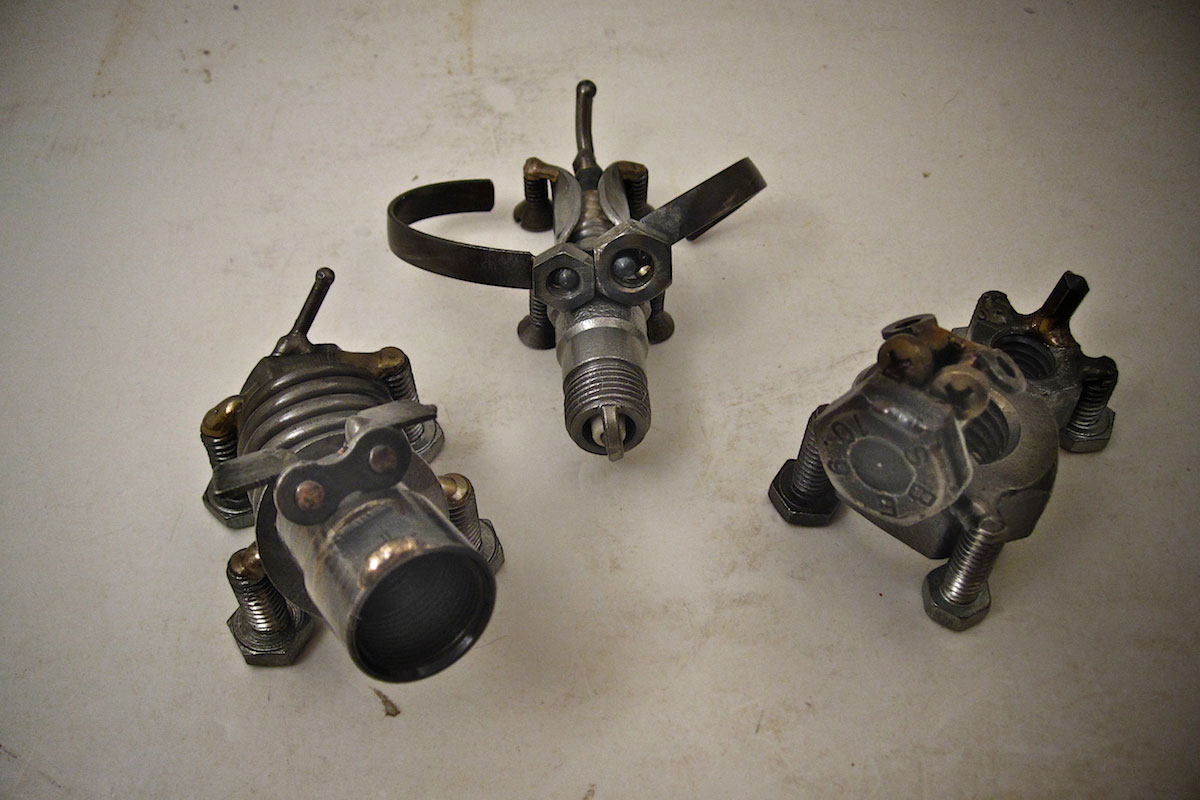
You support Homes Fur-Ever by donating a percentage of Brown Dog Welding’s profits; why is this particular charity important to you?
I started my apprenticeship at Chrysler in November of 2002, and we adopted the brown dog in Brown Dog Welding, Woodson, that December. Woodson was born the same day that I struck my first welding arc. Marylin McKiddle had just started Home Fur-Ever because Detroit was in desperate need of a no-kill animal shelter. (The city’s current policy is to euthanize any pit bull-type breeds that it finds.) My wife found the little six-pound runt of the litter at one of Marylin’s adoption events and couldn’t leave him. Woodson was our boy, he had such character. The dog never met another living soul he didn’t love. Sadly, Woodson passed away last year, February 19th. My feeling is that I put a little bit of Woodson’s character and spirit in every piece that I do. Dogs have a pureness of spirit that we could all learn from.
Images courtesy of Brown Dog Welding

